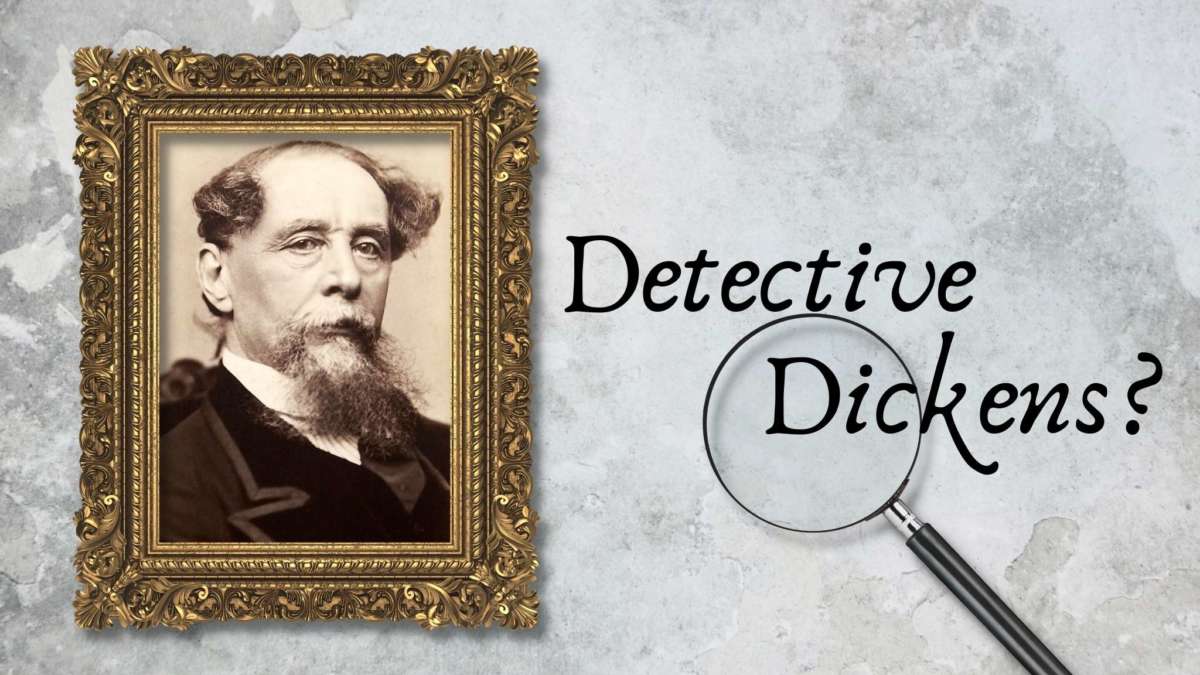Editor’s note: In honor of Charles Dickens’s birthday, we asked author J.C. Briggs for her take on the man and his work and how her fictional mystery series starring the birthday boy himself, Charles Dickens Investigations, came to be.
—∞—
In 2012, the bicentenary of Charles Dickens’s birth, I was re-reading the articles he wrote for his magazine Household Words when I came across Dickens’s accounts of outings with Inspector Charley Field, a London policeman. Dickens was always interested in crime, especially murder, and he commented on many contemporary cases.
A 2012 biography of Dickens claimed that he would have loved to be a detective. There is no doubt that Dickens was fascinated by the mind of the murderer. He always asked of his own characters, “What’s the motive?”
INSIDE THE MIND OF A MURDERER
I also found a newspaper article in which he discusses the motives of murderers. In it, he talks about those who kill in a rage, or for greed, but what struck me most was Dickens’s analysis of the mind of the murderer who kills the one he (or she, of course) feels is dangerous to him, the one for whom he harbors what Dickens describes as a “slow, corroding, growing hate.” Such an enemy is dangerous to the murderer’s peace, so Dickens tells us. That perfectly describes Bradley Headstone in Dickens’s Our Mutual Friend, who is tormented by jealousy of a rival in love.
Dickens created a vast gallery of characters, including plenty of murderers. You have only to think of Bill Sikes in Oliver Twist, Jonas Chuzzlewit in Martin Chuzzlewit, John Jasper in The Mystery of Edwin Drood. Dickens vividly describes Bill Sikes’ guilt over murdering Nancy; he cannot escape the sense that she is following him. Jonas Chuzzlewit murders Montague Tigg. He is not sorry, only terrified of discovery — so terrified that he imagines his victim, risen from the grave, waiting for him in his own room. John Jasper is consumed by jealousy of his innocent nephew. He hides his hatred behind the persona of a respectable choirmaster, just as Bradley Headstone conceals his rage behind the façade of the respectable schoolmaster in Our Mutual Friend.
Oh, yes, Charles Dickens would know just how the murderer’s mind worked. He is a storyteller, and murder is a story. Dickens had the genius to piece together the terrible narrative of a killing, from the meeting of the murderer and his victim to the moment of the dreadful deed.
And he created detectives, too, notably Bleak House’s Inspector Bucket, the first literary detective, and Nadgett, the private detective who keeps a close eye on Jonas Chuzzlewit.
THE WHAT-IFS THAT INSPIRED “DETECTIVE DICKENS”
As I dove in deeper on the subject, I couldn’t help thinking: What if Charles Dickens became an amateur detective? A quote about Dickens in G.K. Chesterton’s biography leapt out at me: “he had quite exceptionally bright eyes that were always darting about like brilliant birds to pick up all the tiny things … for he was a sort of poetical Sherlock Holmes.”
Sherlock Holmes! Well, that clinched it for me. Detective Dickens was about to solve his first case, using those remarkable powers of observation, so essential for an investigator.
My research led me to Urania Cottage, the home for “fallen women” established by Dickens in 1847 to rehabilitate girls who had fallen into crime and needed a fresh start in life. What if, I thought, a murder took place there? Surely, Charles Dickens would be involved. So, there I had it: the idea for my first novel, The Murder of Patience Brooke (Sapere Books). The victim? My imaginary assistant matron of the home. And the motive? A corroding hatred and the desire of the murderer to rid himself of a woman who knows too much about him.
Victorian London was my ready-made setting. Dickens knew well the dark underbelly of the city. It is there in his novels and his journalism: fog, gaslight, bitter cold and darkness, muddy streets, labyrinthine alleys, filthy slums, the dilapidated lodgings of the poor and dispossessed. Dickens knew them, wrote about them, campaigned for more light, better sanitation, better hospitals and workhouses, and this side of his character comes in, too.
THE MAN BEHIND THE PAGE
I am predisposed to the good Mr. Dickens, the man who would want justice done, the man who cared about the poor, the good friend. I was looking for a hero, not a villain — that’s the murderer. Of course, there are some darker aspects to his character, his memory of his time as a child laborer in the blacking factory, the shadow of his failed relationship with his wife, the “dark, fateful, silent elements” that his friend Thomas Carlyle noticed. Claire Tomalin in her biography knows his faults, but she says he was a wonderful person overall.
My nine novels present my version of Charles Dickens. But it is only mine. No one could create a complete version of Dickens, who is, according to the critic, John Carey, “inexhaustible.” Still, I hope readers will like Detective Dickens — and enjoy the murders, too.
I have a lot to thank him for, so happy birthday, Charles Dickens, at 210. Not too old to solve another murder, I’m sure.
RELATED POSTS
Dickens-Inspired Story Will Turn–Not Sever–Heads
I dreamt I went to Manderley again. Or was it Miss Havisham’s house?
More BookTrib coverage of Charles Dickens




